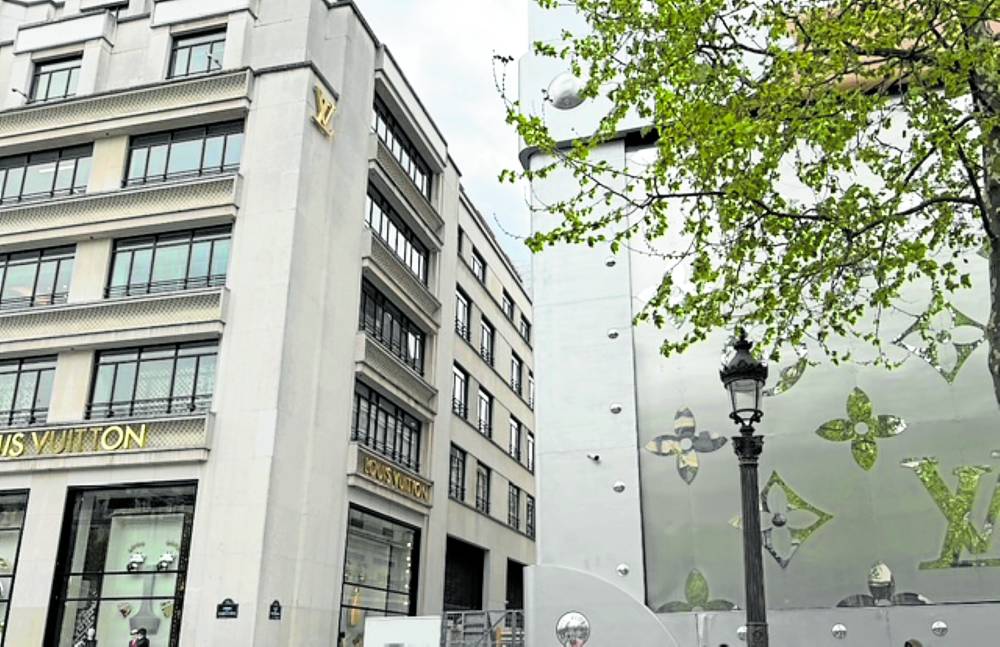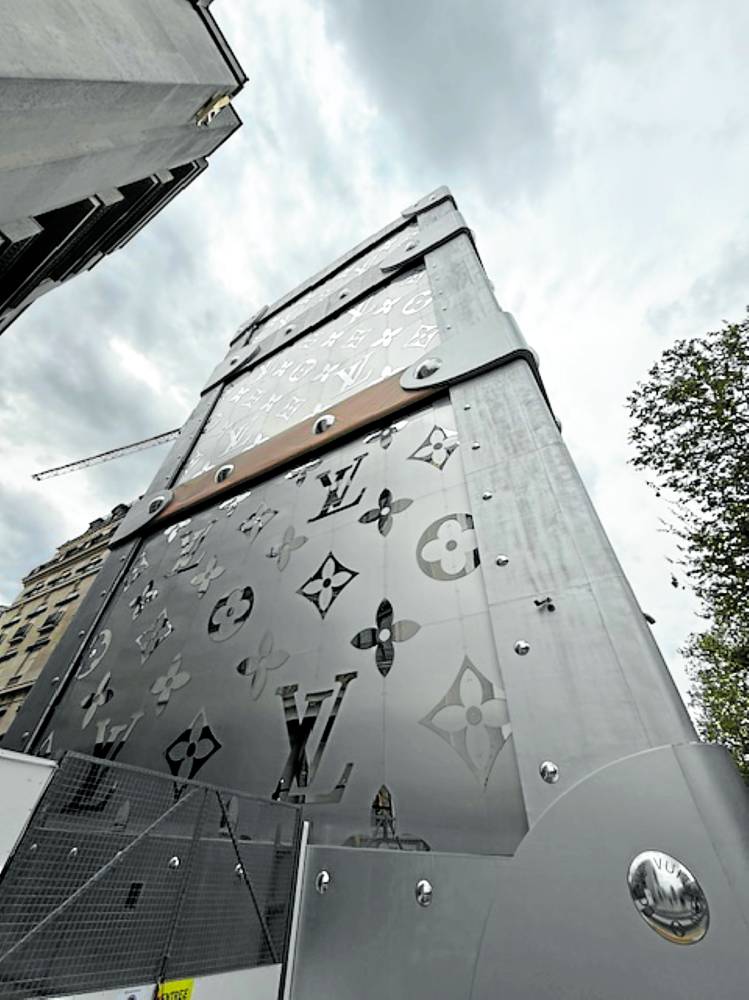When multiple generations embrace heritage brands, it’s a celebration of branding

Most products and services are generally commodities, not brands. But owners and founders of companies are led to believe they are holding on to brands.
Commodity products and services are hinged on low price. They are nonsustainable and innovations are vulnerable to imitations and copycat models.
Awareness of some commodities in today’s world of social media rose through high-impact one-time narratives. Their type of storytelling may generate massive awareness but only for a limited time.
Kevin Lane Keller, touted as the father of strategic brand management, defines a brand as a set of associations or brand elements that help differentiate one product or service from another and which customers hold in their memory over a sustainable period.
Building brands over time
Unlike commodity products and services, a brand has positive and consistently meaningful associations built over time that resonate with consumers regardless of generation.
How can it happen that a pair of shoe, purse, retail shop or clothing patronized and loved more than a decade or centuries ago remains the favorite of a generation called Generation Alpha (born between 2010 and 2024) or Generation Z (born between 1997 and 2009)? Some models of these brands are even labeled as vintage, scoring much higher prices than regular brand items.
Here are some insights that make brands stand apart from commodities.
Brands are self-expressions
A brand represents the identity of a user or consumer. It is borne of a unique narrative owned by that brand. This can come in the form of a proprietary design, aesthetics or technology identified only with the brand that resonates well with the consumer.
The 37-year-old Maison Margiela brand, founded in 1988 by Belgian designer Martin Margiela, is a fave among millennials and Gen Zs. This Paris-based minimalist fashion house and avant-garde fashion brand is best known for Tabi, a split-toe shoe design where the big toe occupies a separate space inside the shoe.

Brand positioning
Brands have clear-cut, identifiable statement and messaging in the minds of consumers, otherwise known as the brand positioning.
The brand positioning statement is a summation of the vision and purpose of the brand that must resonate with targeted consumers.
Brands have acquired personalities that clearly define who and what they stand for. Thus, brands are recognizable to different generation cohorts: boomers, Generation X, Generation Y or the millennials, Generation Z and the Generation Alpha.
A strong positive brand is inclusive with the right sustained positioning through time.
Wokeism and inclusivity
While a brand positioning statement is crafted with a target market in mind, good positioning appeals to consumer segments of different generational cohorts, chronological age, race, location or cultural ideologies.
For example, in today’s marketing landscape, the cultural ideology of wokeism has come to attention, along with cancel culture or public shaming that occurs on social media.
Wokeism first came to be in the 1920s. Originated by Jamaican activist Marcus Garvey, the term was largely a call for black liberation and social injustice. Today, wokeism is a cultural ideology far more associated with extreme liberalism and progressiveness. But regardless of cultural belief, a strong positive brand automatically becomes inclusive, bringing together people of different races, culture and belief, celebrating its usage and ownership.
For example, McDonald’s is famous worldwide for iconic menu items like Big Mac, Chicken McNuggets, quarter pounder and French fries and McDonald characters like Ronald McDonald and Hamburglar. McDonald’s is a familiar, heartwarming setting for many regardless of race, culture and belief.
It’s the same with the Filipino restaurant franchise, Jollibee. Founded in 1978, it’s famous for its menu options that include Chickenjoy, Yumburger and peach mango pie as well as Jollibee, the character. The brand is cult-like, with 50 years of celebrating get-togethers. Any attempt toward massive public shaming on social media is disastrous to any proponent.
Strong brands are sustained for the long term. Majority of the world’s top 100 global brands have consistently been part of the list because they have sustained their awareness through generations in many countries and regions.
Brand longevity
BMW, a 112-year-old brand founded in 1916, ranked No. 10 in Interbrand’s 2024 Top 100 global brands. BMW, at $52 billion, gained a 2-percent share increase from previous year. Its 2024 brand campaign, The Gift, celebrates multiple generations of BMW lovers, reminding them of the joy of driving a BMW following its iconic tagline “The Ultimate Driving Machine.”

The original Louis Vuitton company was founded in 1854 as a French luxury fashion house. In 1987, it merged with Moet Hennessy to become LVMH. Through 174 years, it has remained as one of the most coveted consumer brand, generation after generation. Its LV monogram has now been extended from the original travel trunks and luggage to luxury retail bags, leather goods and accessories, ready-to-wear apparel and footwear, jewelry and perfumes, among others.
Louis Vuitton in 2024 was the world’s No. 11 global brand, enjoying a 9-percent volume increase from previous year at $50.9 billion. In 2026, Louis Vuitton is expected to open its new extended product line in the hotel and travel industry with a gigantic shaped LV-monogrammed trunk that is actually a luxury hotel at 103 Champs Elysees, Paris, right beside its iconic LV store.
Brand building: No easy feat
Brands are no drop-down manna from heaven. They are the result of visionary thinking and leadership, hard toil and resoluteness in building a legacy name from one generation to the next. Visionary founders and their next generation of heirs must build a brand that fosters strong, differentiated, positive associations through time, people, generations and geographic locations.
However, major challenges abound, including family or ownership disputes, short-term thinking and management of heirs and brand keepers, tempting aggressive buyouts—all of which are far from the purposive, visionary-like way of building a legacy brand.
Owners of businesses with an opportunity to take their commodity products or services to the next level of building a legacy brand must strongly assess this directional opportunity for successful businesses and legacy brands do not come so often.





















